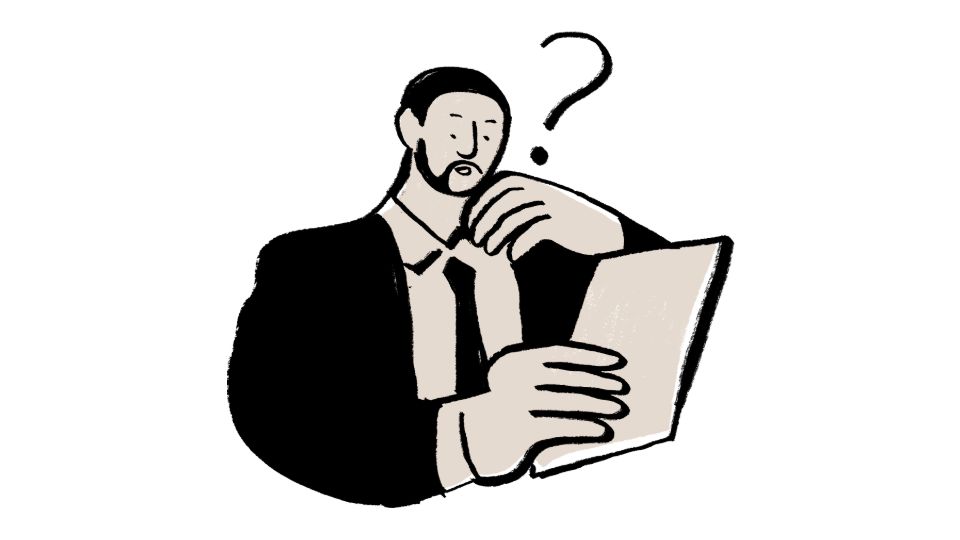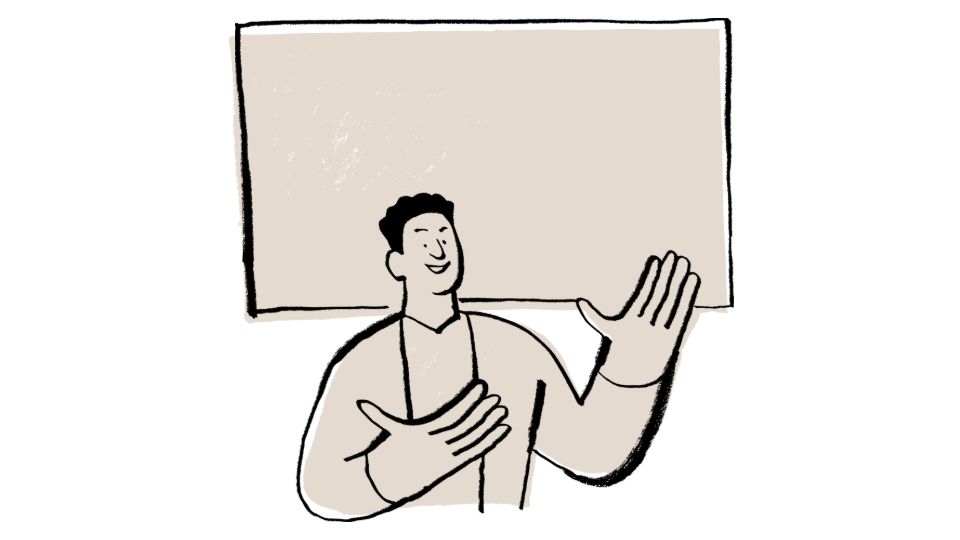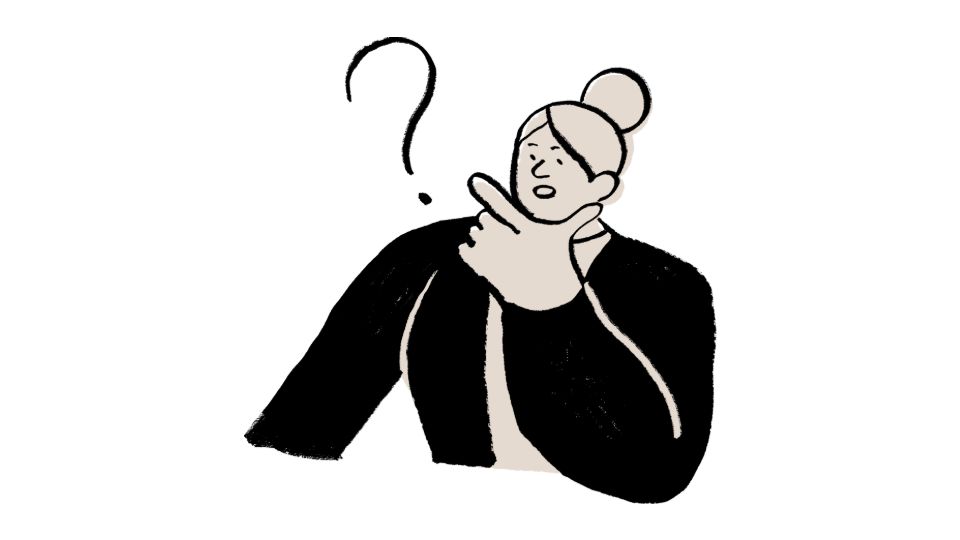Can’t Decide Between Two Job Offers? Ask Yourself These 5 Questions

So you have two job offers on the table and you’re freaking out about which one to take? 👀
First off, congrats! That’s a great problem to have. Having multiple companies fighting over you is a sign you’re doing something right.
But now comes the hard part – actually making a decision that won’t have you waking up in cold sweats wondering “what if.”
How to Choose Between Two Job Offers Without Losing Your Mind
First Things First: Make Sure Those Offers Are Real

Before you start planning your resignation speech or dreaming about your fancy new office, double-check that both offers are legit. 🧐
You’d be surprised how many people start making life decisions based on verbal promises or vague commitments.
Make sure you have:
- Written offer letters with actual numbers (not promises of “competitive compensation”)
- Clear breakdown of benefits
- Start date and expectations
- All the fine print details
Once you’ve confirmed you genuinely have two solid offers, it’s time to compare them properly.
The Real Factors That Matter (Beyond Just Salary)
1. Money Stuff: More Than Just The Number on Your Paycheck
Don’t just look at the base salary and call it a day. A comprehensive compensation comparison includes:
- Base salary (duh)
- Bonuses and commission structure
- Equity or stock options (and their actual value – not the imaginary unicorn valuation)
- Retirement benefits (401k matching adds up fast)
- Health insurance quality and costs
- PTO and holidays
- Other perks (tuition reimbursement, fitness stipends, etc.)
According to Glassdoor’s Employment Confidence Survey, 79% of employees would prefer new or additional benefits over a pay increase. So those “extras” might actually be worth more to you than a higher base salary.
2. Growth Potential: Where Will You Be in 5 Years?
A job isn’t just a job – it’s the next chapter in your career story. 📚
Here’s what to consider:
- Promotion pathways (are they clear or murky?)
- Learning opportunities
- Mentorship availability
- Industry growth trajectory
- Company stability and funding situation
A LinkedIn workplace learning report found that 94% of employees would stay at a company longer if it invested in their career development. So don’t overlook this critical factor.
3. Culture Fit: Where Will You Actually Be Happy?
You’ll spend roughly 90,000 hours of your life working. That’s a lot of time to be miserable if you pick the wrong environment. 😬
Research shows work culture directly impacts your mental health, productivity, and overall life satisfaction.
Ask yourself:
- Does the company’s mission resonate with you?
- What’s the management style like?
- How do teams collaborate?
- What’s the work-life balance reality (not just what they claim)?
- Is remote/hybrid work available?
Pro tip: Stalk current and former employees on LinkedIn and politely ask for a quick coffee chat. Most people are happy to share their experiences.
Make Your Decision Like a (Somewhat) Rational Human

The Decision Matrix: For When Your Brain Is Fried
Sometimes our emotions cloud our judgment, especially with big decisions. A decision matrix helps take some of the emotion out of it.
Here’s how to make one:
- List all your important criteria (salary, location, growth, etc.)
- Rate each criterion’s importance to you (1-10)
- Score each job offer on each criterion (1-10)
- Multiply importance × score
- Add up the totals
For example:
| Criteria | Importance | Job A Score | Job B Score | Job A Total | Job B Total |
|---|---|---|---|---|---|
| Salary | 8 | 7 | 9 | 56 | 72 |
| Growth | 9 | 8 | 6 | 72 | 54 |
| Culture | 7 | 9 | 5 | 63 | 35 |
| TOTAL | 191 | 161 |
Based on this example, Job A wins even though it has a lower salary because other factors matter more in the big picture.
The Sleep Test: What Your Subconscious Already Knows
After you’ve done all the rational analysis, try this:
- Before going to bed, imagine you’ve accepted Job A
- Notice how you feel – relieved? excited? anxious?
- The next night, imagine you’ve accepted Job B
- Compare your feelings
Sometimes your gut feeling reveals what your spreadsheets can’t. 💭
Negotiation: Getting the Best of Both Worlds
Did you know that only 39% of professionals negotiate their salary? Yet according to research from Glassdoor, those who do earn an average of $5,000 more annually.
If you have two offers, you have leverage. Don’t be afraid to:
- Tell your preferred company about the competing offer (without being arrogant)
- Ask if they can match specific aspects you prefer from the other offer
- Negotiate beyond just salary (flexible hours, remote work, title, etc.)
Remember: This is probably the most leverage you’ll ever have with this company. Use it wisely.
When You Still Can’t Decide: The Haircut Decision Framework

Remember, choosing between two jobs is what I call a “haircut decision” – not a hat (trivial) or a tattoo (permanent).
Even if you choose “wrong,” your hair will grow back. You can switch companies later. The average person changes jobs 12 times in their career, according to the Bureau of Labor Statistics.
So take the pressure off yourself a bit. Make the best decision you can with the information you have, then move forward confidently.
Trust Your Decision (And Avoid Comparison FOMO)
Once you’ve made your choice, commit to it fully. Research shows that constantly second-guessing your decision only leads to decreased happiness with whatever you choose.
So:
- Delete the rejection email to avoid temptation
- Focus on succeeding in your new role
- Remember why you chose this path
- Give it a fair chance (at least 6-12 months) before reevaluating
At the end of the day, your career success depends more on what you do in the role than which role you pick. 🚀
Make your choice, then make the most of it. You’ve got this!

